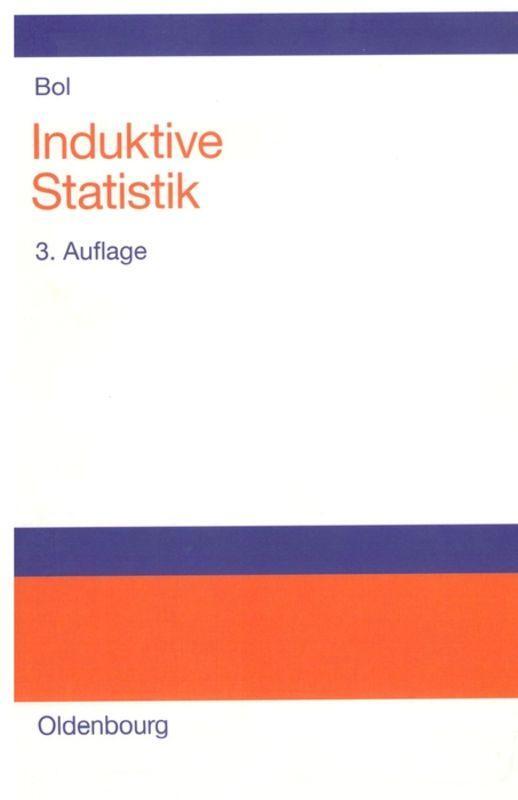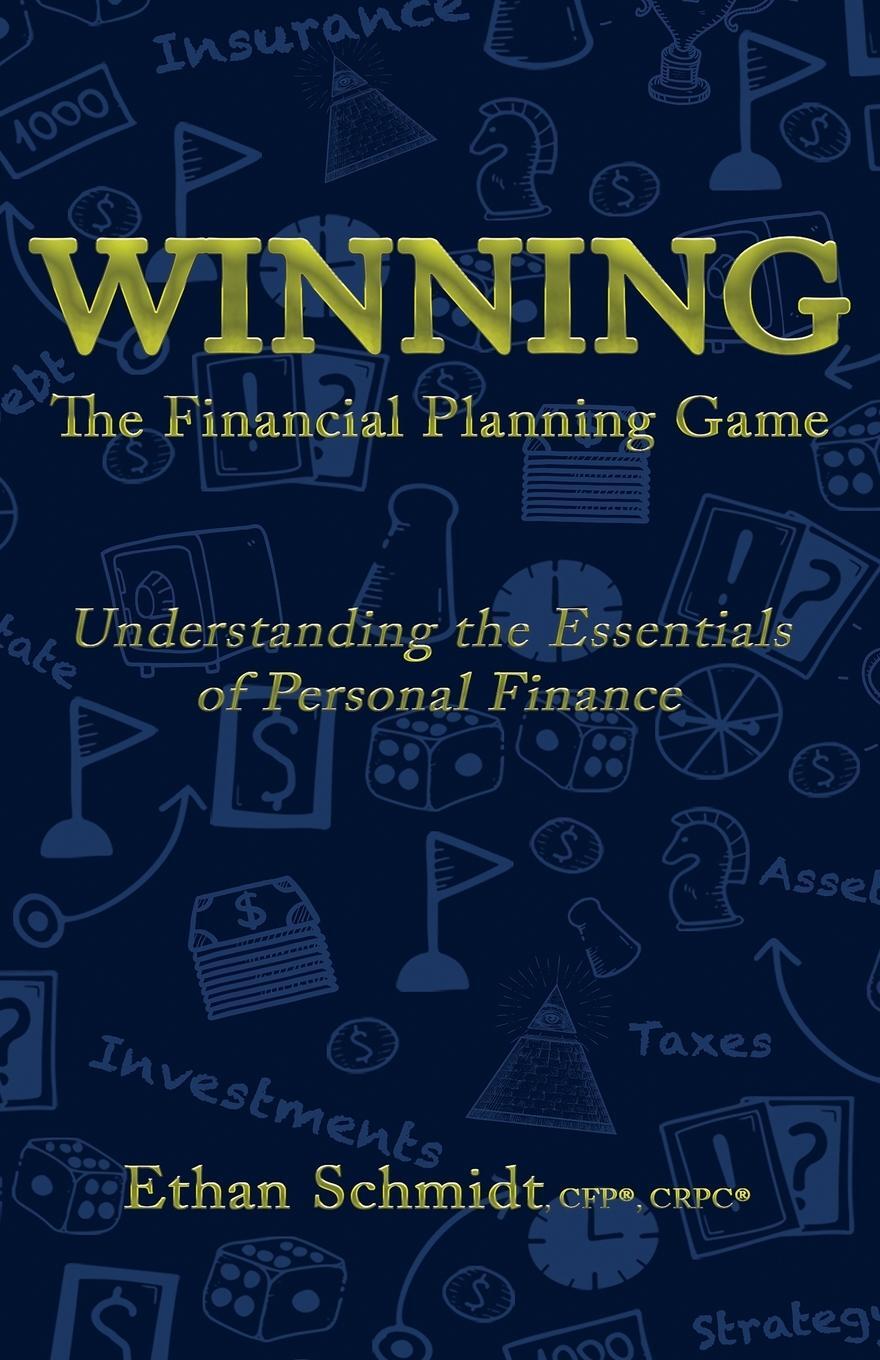70,40 €*
Versandkostenfrei per Post / DHL
Lieferzeit 4-7 Werktage
The authors start with the fundamentals of risk measurement and risk aversion. They then apply these concepts to insurance decisions and portfolio choice in a one-period model. After examining these decisions in their one-period setting, they devote most of the book to a multiperiod context, which adds the long-term perspective most risk management analyses require. Each chapter concludes with a discussion of the relevant literature and a set of problems.
The book presents a thoroughly accessible introduction to risk, bridging the gap between the traditionally separate economics and finance literatures.
The authors start with the fundamentals of risk measurement and risk aversion. They then apply these concepts to insurance decisions and portfolio choice in a one-period model. After examining these decisions in their one-period setting, they devote most of the book to a multiperiod context, which adds the long-term perspective most risk management analyses require. Each chapter concludes with a discussion of the relevant literature and a set of problems.
The book presents a thoroughly accessible introduction to risk, bridging the gap between the traditionally separate economics and finance literatures.
Preface ix
I: Decision Theory 1
Chapter 1: Risk Aversion 3
1.1 An Historical Perspective on Risk Aversion 3
1.2 Definition and Characterization of Risk Aversion 7
1.3 Risk Premium and Certainty Equivalent 9
1.4 Degree of Risk Aversion 13
1.5 Decreasing Absolute Risk Aversion and Prudence 16
1.6 Relative Risk Aversion 17
1.7 Some Classical Utility Functions 19
1.8 Bibliographical References, Extensions and Exercises 22
Chapter 2: The Measures of Risk 27
2.1 Increases in Risk 28
2.2 Aversion to Downside Risk 36
2.3 First-Degree Stochastic Dominance 37
2.4 Bibliographical References, Extensions and Exercises 39
II Risk Management 43
Chapter 3: Insurance Decisions 45
3.1 Optimal Insurance: an Illustration 47
3.2 Optimal Coinsurance 49
3.3 Comparative Statics in the Coinsurance Problem 53
3.4 The Optimality of Deductible Insurance 56
3.5 Bibliographical References, Extensions and Exercises 59
Chapter 4: Static Portfolio Choices 65
4.1 The One-Risky-One-Riskfree-Asset Model 65
4.2 The Effect of Background Risk 684.3 Portfolios of Risky Assets 70
4.4 Bibliographical References, Extensions and Exercises 74
Chapter 5: Static Portfolio Choices in an Arrow-Debreu Economy 77
5.1 Arrow-Debreu Securities and Arbitrage Pricing 78
5.2 Optimal Portfolios of Arrow-Debreu Securities 80
5.3 A Simple Graphical Illustration 83
5.4 Bibliographical References, Extensions and Exercises 85
Chapter 6: Consumption and Saving 89
6.1 Consumption and Saving under Certainty 89
6.2 Uncertainty and Precautionary Savings 95
6.3 Risky Savings and Precautionary Demand 98
6.4 Time Consistency 99
6.5 Bibliographical References, Extensions and Exercises 101
Chapter 7: Dynamic Portfolio Management 107
7.1 Backward Induction 108
7.2 The Dynamic Investment Problem 109
7.3 Time Diversification 113
7.4 Portfolio Management with Predictable Returns 114
7.5 Learning about the Distribution of Excess Returns 117
7.6 Bibliographical References, Extensions and Exercises 119
Chapter 8: Risk and Information 123
8.1 The Value of Information 123
8.2 Comparative Statics Analysis 130
8.3 The Hirshleifer Effect 134
8.4 Bibliographical References, Extensions and Exercises 136
Chapter 9: Optimal Prevention 141
9.1 Prevention under Risk Neutrality 142
9.2 Risk Aversion and Optimal Prevention 142
9.3 Prudence and Optimal Prevention 144
9.4 Bibliographical References, Extensions and Exercises 145
III Risk Sharing 151
Chapter 10: Efficient Allocations of Risks 153
10.1 Risk Sharing: an Illustration 153
10.2 Description of the Economy and Definition 155
10.3 Characterization of Efficient Allocations of Risk 157
10.4 Aggregation of Preferences 163
10.5 Bibliographical References, Extensions and Exercises 165
Chapter 11: Asset Pricing 169
11.1 Competitive Markets for Arrow-Debreu Securities 169
11.2 The First Theorem of Welfare Economics 170
11.3 The Equity Premium 17211.4 The Capital Asset-Pricing Model 175
11.5 Two-Fund Separation Theorem 177
11.6 Bond Pricing 179
11.7 Bibliographical References, Extensions and Exercises 184
IV Extensions 189
Chapter 12: Asymmetric Information 191
12.1 Adverse Selection 192
12.2 Moral Hazard 199
12.3 The Principal-Agent Problem 203
12.4 Bibliographical References, Extensions and Exercises 209
Chapter 13: Alternative Decision Criteria 213
13.1 The Independence Axiom and the Allais Paradox 215
13.2 Rank-Dependent EU 217
13.3 Ambiguity Aversion 221
13.4 Prospect Theory and Loss Aversion 224
13.5 Some Concluding Thoughts 226
13.6 Bibliographical References, Extensions and Exercises 227
Index 231
| Erscheinungsjahr: | 2005 |
|---|---|
| Fachbereich: | Betriebswirtschaft |
| Genre: | Wirtschaft |
| Rubrik: | Recht & Wirtschaft |
| Medium: | Taschenbuch |
| Seiten: | 246 |
| ISBN-13: | 9780691122151 |
| ISBN-10: | 0691122156 |
| Sprache: | Englisch |
| Ausstattung / Beilage: | Paperback |
| Einband: | Kartoniert / Broschiert |
| Autor: |
Eeckhoudt, Louis
Gollier, Christian Schlesinger, Harris |
| Hersteller: | Princeton University Press |
| Maße: | 234 x 156 x 15 mm |
| Von/Mit: | Louis Eeckhoudt (u. a.) |
| Erscheinungsdatum: | 23.01.2005 |
| Gewicht: | 0,425 kg |
Preface ix
I: Decision Theory 1
Chapter 1: Risk Aversion 3
1.1 An Historical Perspective on Risk Aversion 3
1.2 Definition and Characterization of Risk Aversion 7
1.3 Risk Premium and Certainty Equivalent 9
1.4 Degree of Risk Aversion 13
1.5 Decreasing Absolute Risk Aversion and Prudence 16
1.6 Relative Risk Aversion 17
1.7 Some Classical Utility Functions 19
1.8 Bibliographical References, Extensions and Exercises 22
Chapter 2: The Measures of Risk 27
2.1 Increases in Risk 28
2.2 Aversion to Downside Risk 36
2.3 First-Degree Stochastic Dominance 37
2.4 Bibliographical References, Extensions and Exercises 39
II Risk Management 43
Chapter 3: Insurance Decisions 45
3.1 Optimal Insurance: an Illustration 47
3.2 Optimal Coinsurance 49
3.3 Comparative Statics in the Coinsurance Problem 53
3.4 The Optimality of Deductible Insurance 56
3.5 Bibliographical References, Extensions and Exercises 59
Chapter 4: Static Portfolio Choices 65
4.1 The One-Risky-One-Riskfree-Asset Model 65
4.2 The Effect of Background Risk 684.3 Portfolios of Risky Assets 70
4.4 Bibliographical References, Extensions and Exercises 74
Chapter 5: Static Portfolio Choices in an Arrow-Debreu Economy 77
5.1 Arrow-Debreu Securities and Arbitrage Pricing 78
5.2 Optimal Portfolios of Arrow-Debreu Securities 80
5.3 A Simple Graphical Illustration 83
5.4 Bibliographical References, Extensions and Exercises 85
Chapter 6: Consumption and Saving 89
6.1 Consumption and Saving under Certainty 89
6.2 Uncertainty and Precautionary Savings 95
6.3 Risky Savings and Precautionary Demand 98
6.4 Time Consistency 99
6.5 Bibliographical References, Extensions and Exercises 101
Chapter 7: Dynamic Portfolio Management 107
7.1 Backward Induction 108
7.2 The Dynamic Investment Problem 109
7.3 Time Diversification 113
7.4 Portfolio Management with Predictable Returns 114
7.5 Learning about the Distribution of Excess Returns 117
7.6 Bibliographical References, Extensions and Exercises 119
Chapter 8: Risk and Information 123
8.1 The Value of Information 123
8.2 Comparative Statics Analysis 130
8.3 The Hirshleifer Effect 134
8.4 Bibliographical References, Extensions and Exercises 136
Chapter 9: Optimal Prevention 141
9.1 Prevention under Risk Neutrality 142
9.2 Risk Aversion and Optimal Prevention 142
9.3 Prudence and Optimal Prevention 144
9.4 Bibliographical References, Extensions and Exercises 145
III Risk Sharing 151
Chapter 10: Efficient Allocations of Risks 153
10.1 Risk Sharing: an Illustration 153
10.2 Description of the Economy and Definition 155
10.3 Characterization of Efficient Allocations of Risk 157
10.4 Aggregation of Preferences 163
10.5 Bibliographical References, Extensions and Exercises 165
Chapter 11: Asset Pricing 169
11.1 Competitive Markets for Arrow-Debreu Securities 169
11.2 The First Theorem of Welfare Economics 170
11.3 The Equity Premium 17211.4 The Capital Asset-Pricing Model 175
11.5 Two-Fund Separation Theorem 177
11.6 Bond Pricing 179
11.7 Bibliographical References, Extensions and Exercises 184
IV Extensions 189
Chapter 12: Asymmetric Information 191
12.1 Adverse Selection 192
12.2 Moral Hazard 199
12.3 The Principal-Agent Problem 203
12.4 Bibliographical References, Extensions and Exercises 209
Chapter 13: Alternative Decision Criteria 213
13.1 The Independence Axiom and the Allais Paradox 215
13.2 Rank-Dependent EU 217
13.3 Ambiguity Aversion 221
13.4 Prospect Theory and Loss Aversion 224
13.5 Some Concluding Thoughts 226
13.6 Bibliographical References, Extensions and Exercises 227
Index 231
| Erscheinungsjahr: | 2005 |
|---|---|
| Fachbereich: | Betriebswirtschaft |
| Genre: | Wirtschaft |
| Rubrik: | Recht & Wirtschaft |
| Medium: | Taschenbuch |
| Seiten: | 246 |
| ISBN-13: | 9780691122151 |
| ISBN-10: | 0691122156 |
| Sprache: | Englisch |
| Ausstattung / Beilage: | Paperback |
| Einband: | Kartoniert / Broschiert |
| Autor: |
Eeckhoudt, Louis
Gollier, Christian Schlesinger, Harris |
| Hersteller: | Princeton University Press |
| Maße: | 234 x 156 x 15 mm |
| Von/Mit: | Louis Eeckhoudt (u. a.) |
| Erscheinungsdatum: | 23.01.2005 |
| Gewicht: | 0,425 kg |











